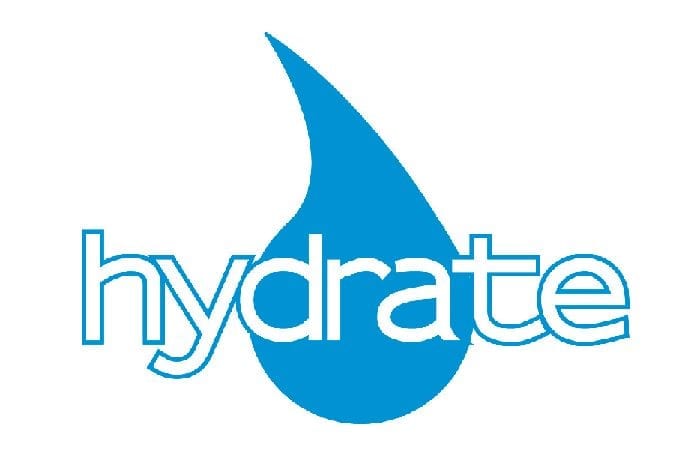The Nobel prizewinner investigated the chemical reactions involved in the breakdown of glucose. Food consists mainly of protein, fat, carbohydrate, vitamins, salts and water, and only the first three produce energy. If food is burnt in a plentiful supply of oxygen, the sugars are converted into carbon dioxide and water.
This oxidation reaction liberates heat which can be measured in a calorimeter, and it is called the free energy of oxidation. One gram of glucose will release 3,811 calories but, when discussing nutrition, we talk about Calories – each Calorie with a capital ?C? being equivalent to 1,000 calories with a small ?c?. Thus one gram of glucose equates to 3.8 Calories. Similar experiments establish the fact that fat liberates about nine Calories per gram and protein about five. However, in the body, the prime use of the liberated energy is not to keep us warm but to fuel the multiple energy-requiring chemical reactions on which life depends.
These include muscle cell contraction, production of enzymes by the digestive glands, metabolism of the cells of the brain, storage of excess food in the liver, production of urine to wash out unwanted by-products, maintenance of the integrity of the cell walls, reproductive functions and a host of other activities all requiring energy for their purpose, and almost all the cells contain a substance called adenosine triphosphate, or ATP for short.
ATP is a remarkable chemical compound because it contains three units of phosphoric acid and two of these can be unhitched to liberate energy. Each gram liberates 48 calories – a pathetically small amount. It is, however, immediately available to act as a catalyst in the various chemical processes inside the cells. It has been called the power house of the body. ATP can be reformed by replacing the phosphoric acid units. This reaction requires exactly the same amount of energy as was liberated when the phosphate was removed. The reaction is completely reversible and the energy required for reformation is supplied by glucose, produced from digested food and transported to the cells via the blood.
ATP is reformed as fast as it is broken down, an apparently never-ending supply of energy, but the glucose is used up. However if all the energy in the glucose was released at once, knowing that there is not a lot of ATP to be reformed, the process would be less than 3% efficient. So the glucose is broken down in 10 stages by enzymatic action and, in that process, the broken down power house material, which has been used for other functions in the cell, is reformed. We now know that all the energy contained in the glucose is not used efficiently; only some 63% is used in reforming the ATP. The remaining 37% of energy is liberated as heat to maintain our body temperature.
It was this cascade of chemical reactions in the breakdown of glucose, in order to replenish the ATP stocks, that Krebs investigated. Every doctor knows about Krebs and his brilliant investigation of the glucose cycle which paved the way to a better understanding of how our body works and what can go wrong.
Hans Adolf Krebs was born in Freiberg in 1900 and left there as a refugee when the Nazis came to power. He was appointed as a biochemistry lecturer at Sheffield University in 1935, became Professor in 1945 and, in 1949, delivered the Harvey lecture, (named after William Harvey who described the circulation of blood in 1628), in which he gave his research results on the breakdown of glucose in the cells of the body. He was awarded the Nobel prize for physiology in 1953, accepted the Professorial chair in physiology at Oxford in 1954, and was head of the Medical Research Council unit in cell metabolism. He was knighted in 1958 and died in 1981.
A quite remarkable Anglo-German but, like so many brilliant men, he had his idiosyncrasies. When he lived in Sheffield he was wont to throw his garden rubbish over the fence into my uncle Jack?s garden which resulted in an exchange of opinions, an alteration in the meaning of the dynamic principle that action and reaction are equal and opposite, and an acceptance of the fact that many reactions in nature are reversible, and require expenditure of energy.





Be the first to comment on "Krebs and rechargeable power units"